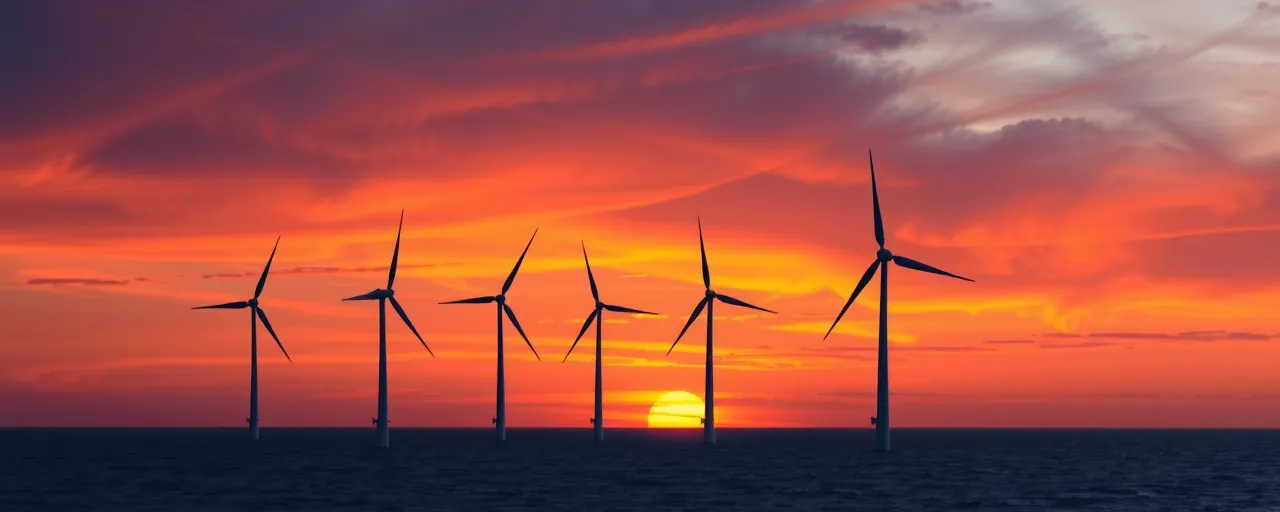A Wind Farm’s Comeback
In April 2025, the Empire Wind 1 offshore wind project, a $5 billion effort to power 500,000 New York homes, ground to a halt. A federal stop-work order, citing concerns over environmental reviews, paused construction and put 1,500 union jobs at risk. On May 19, 2025, after intense negotiations, the order was lifted, allowing Equinor, the project’s developer, to resume work. This moment highlights the high stakes of balancing clean energy goals with economic and environmental priorities.
The pause caught many by surprise. With 30 percent of the project complete and a 2027 target in sight, the sudden stop sparked urgency among state leaders, workers, and businesses. Their push to restart construction succeeded, but the episode reveals the complex interplay of interests shaping the future of renewable energy in New York and beyond.
What’s at Stake
Empire Wind 1 aims to deliver clean electricity to hundreds of thousands of households, cutting reliance on fossil fuels. Beyond its environmental promise, the project sustains over 1,500 well-paying union jobs, from welders to technicians, bolstering New York’s economy. These jobs are part of a broader renewable energy surge, with 3.5 million Americans employed in the sector by 2023, driven by federal investments and state policies.
The project aligns with a national trend. Laws like the Inflation Reduction Act have funneled billions into offshore wind, upgrading ports and supply chains. Empire Wind 1 stands to create not just power but also opportunity, supporting communities through stable employment and cleaner air.
Balancing Priorities
The stop-work order stemmed from worries about the project’s impact on marine life and fishing industries. Federal officials called for deeper environmental reviews, echoing concerns from coastal communities and conservation groups. Studies backed by the Bureau of Ocean Energy Management explore these risks, highlighting the need to protect ecosystems while scaling up wind energy.
Meanwhile, state leaders and labor advocates stressed the project’s urgency. Delays threatened jobs and New York’s climate targets, which aim to slash emissions significantly by 2030. The resolution, forged through talks among government, industry, and unions, shows how dialogue can reconcile competing goals, though it underscores the challenges of rapid energy transitions.
A Collaborative Push
The restart of Empire Wind 1 reflects growing teamwork between federal and state governments. In 2025, 24 states passed laws to strengthen offshore wind infrastructure, from training workers to modernizing ports. Federal funds have spurred $10 billion in supply chain investments, creating jobs across the country. New York’s ambitious clean energy goals depend on this coordination to keep projects on track.
Unions have been pivotal, securing training for workers moving from fossil fuel jobs to renewables. Organizations like the International Brotherhood of Electrical Workers ensure that projects like Empire Wind 1 prioritize fair wages and equitable opportunities, aligning economic growth with community needs.
The Road Forward
With construction resumed, Equinor faces hurdles like rising costs from inflation and supply chain delays. Meeting the 2027 deadline will require steady collaboration among government, industry, and labor, alongside public backing for clean energy.
For New Yorkers, Empire Wind 1 offers hope: cleaner air, lower emissions, and thousands of jobs. Its revival shows that progress demands compromise, as stakeholders navigate environmental and economic priorities.
As climate change looms, projects like Empire Wind 1 point to a sustainable path. The challenges are real, but the commitment to cooperation offers a blueprint for a brighter, greener future.
